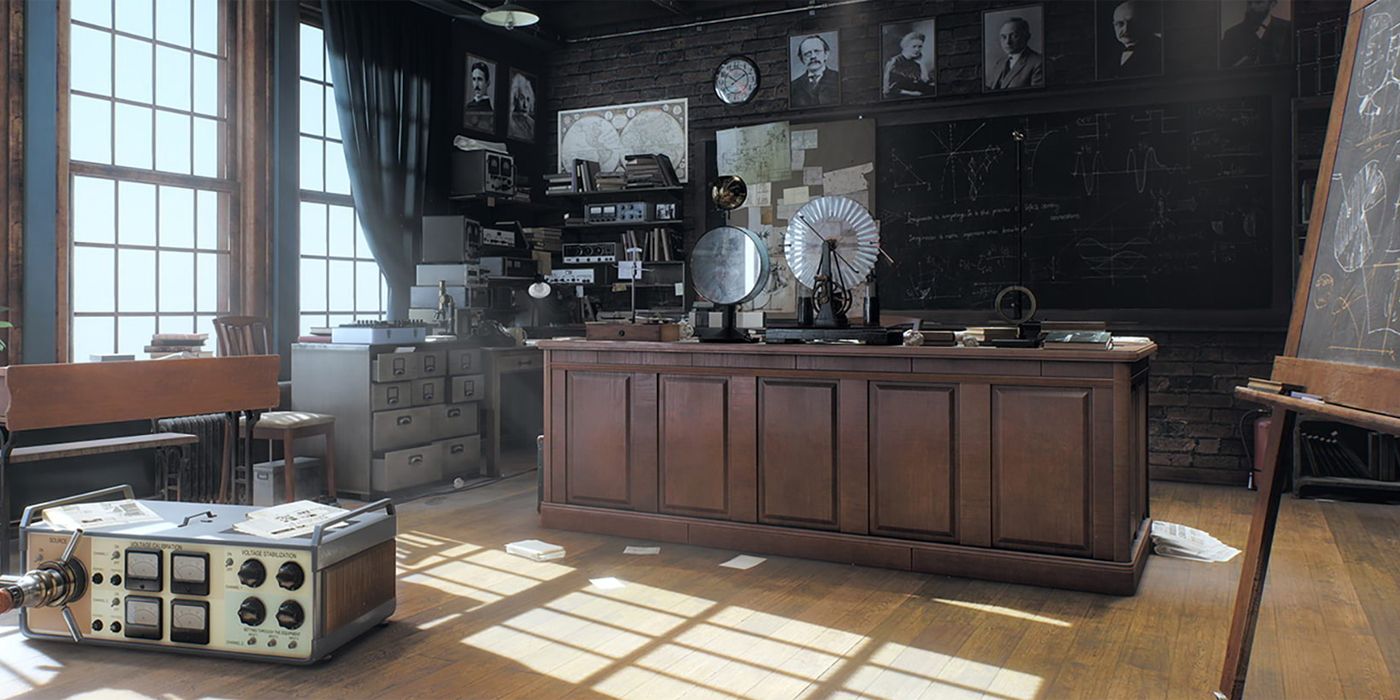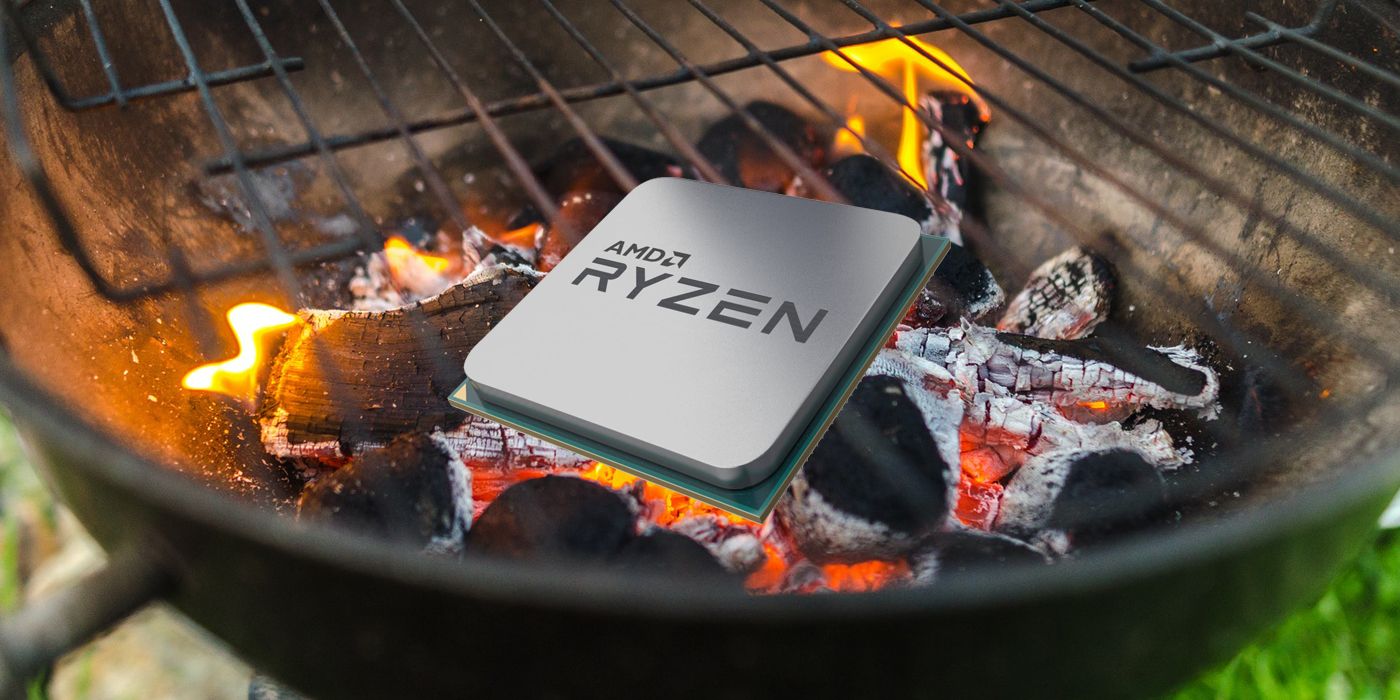Stress testing a GPU is an important part of building and improving a PC, but it requires the right software. Benchmarks can give a lot of useful information that then carries over and influences normal usage habits. It's also a major part of overclocking your PC hardware, which can have huge performance benefits at a much lower cost than most alternatives like buying a new card or installing dual GPUs.
The purpose of a GPU stress test is to push a graphics card beyond the limits of normal use to find out how it would perform at its maximum potential. That includes getting a good look at its processing capabilities, but a stress test also exposes how performance at that level impacts the rest of the card. You'll get to see what temperatures and power draw are like when your card is really being put through its paces, and that should influence future choices about cooling systems and fan settings.
Ultimately, proper stress testing opens the door for overclocking, which is the process of increasing the speed at which a processor runs beyond the limitations introduced in its design. Overclocking is generally considered to be a safe practice but the biggest risks come from heat management. Therefore, stress tests are helpful since they'll provide a picture of what should be considered a safe temperature. There are also great scientific excuses to run a stress test. It never hurts to see how much of a performance upgrade a new GPU grants, or to find out where your performance bottlenecks lie.
Best Ways to Stress Test Your GPU
As one would expect stress testing relies on specialized software. There are several options but perhaps the most popular choice for a synthetic test (a test using software built for stress testing rather than actual software you plan to use) is a free program called FurMark. This program tasks your GPU with rendering a weird, furry donut-thing with lots of detailed textures on the donut's model as it moves through a tunnel. It's odd, but it's a great way to get a baseline idea of what your GPU can do. FurMark does receive some criticism for being an unrealistic test case for the job your GPU will serve, however.
A less weird, more practical option comes in the form of Unigine. This stress test option uses lighting and texture models that more closely resemble what a game would ask of a GPU than FurMark. There are multiple stress test demos on the service, including some that simulate the strain of playing with a VR headset. The tests are available for different power levels too, so Unigine is often considered the best way to check performance on a new GPU or a recent overclock. The software has a "freemium" model where paying for an upgrade will get you enhanced monitoring tools and data.


